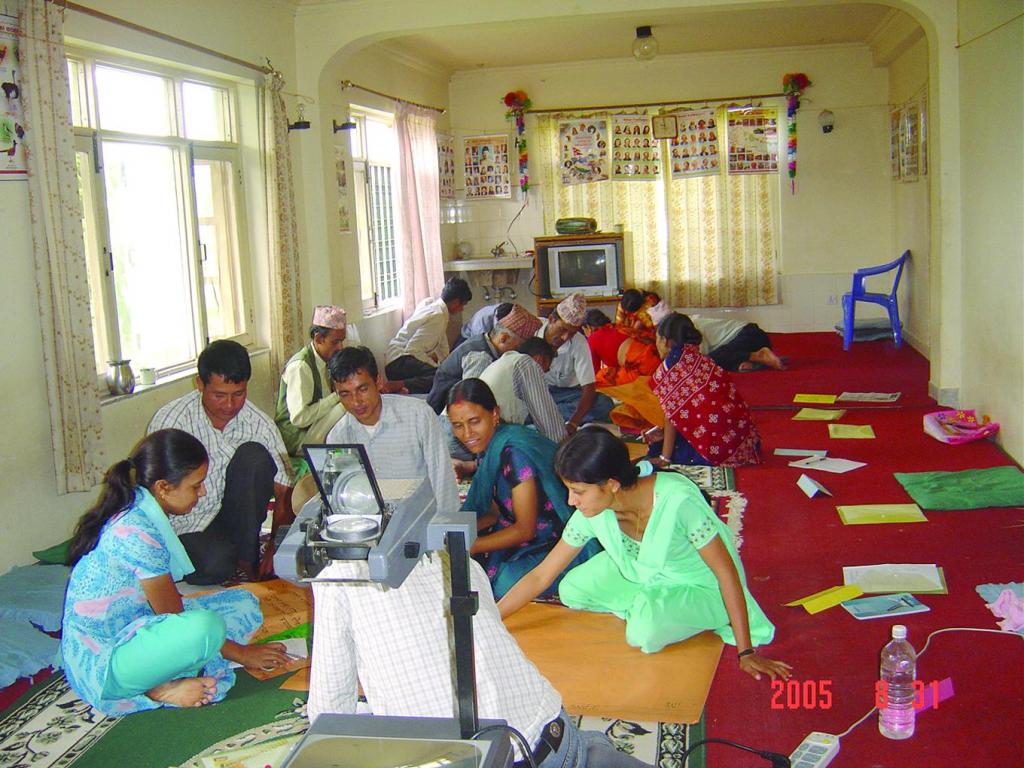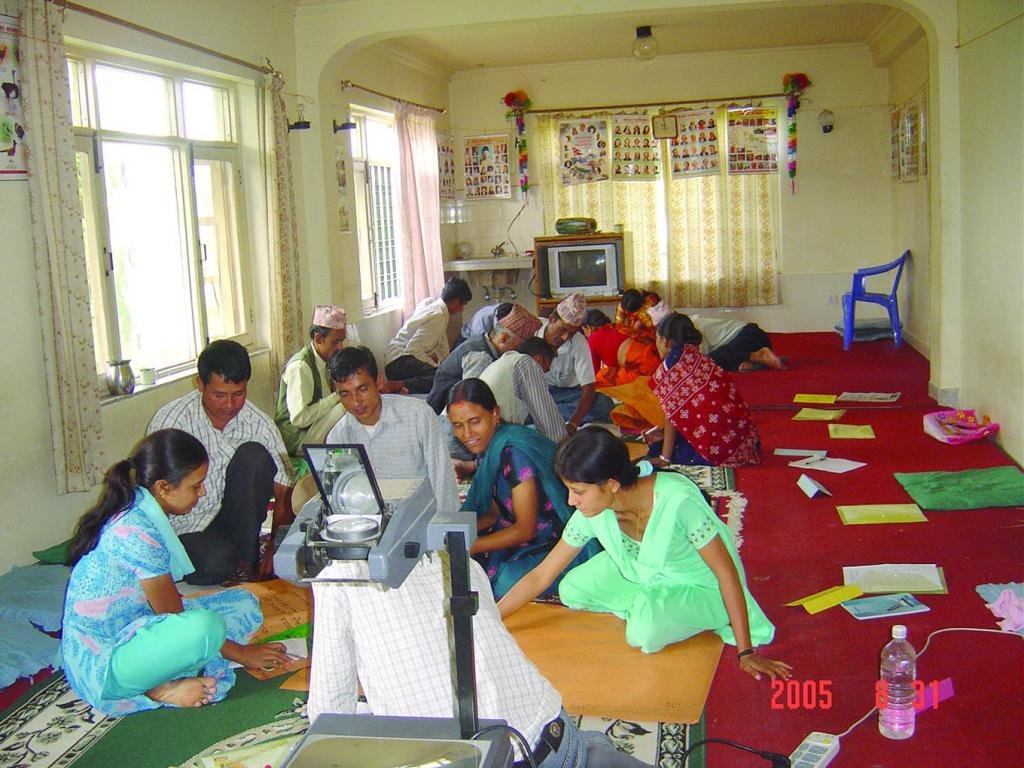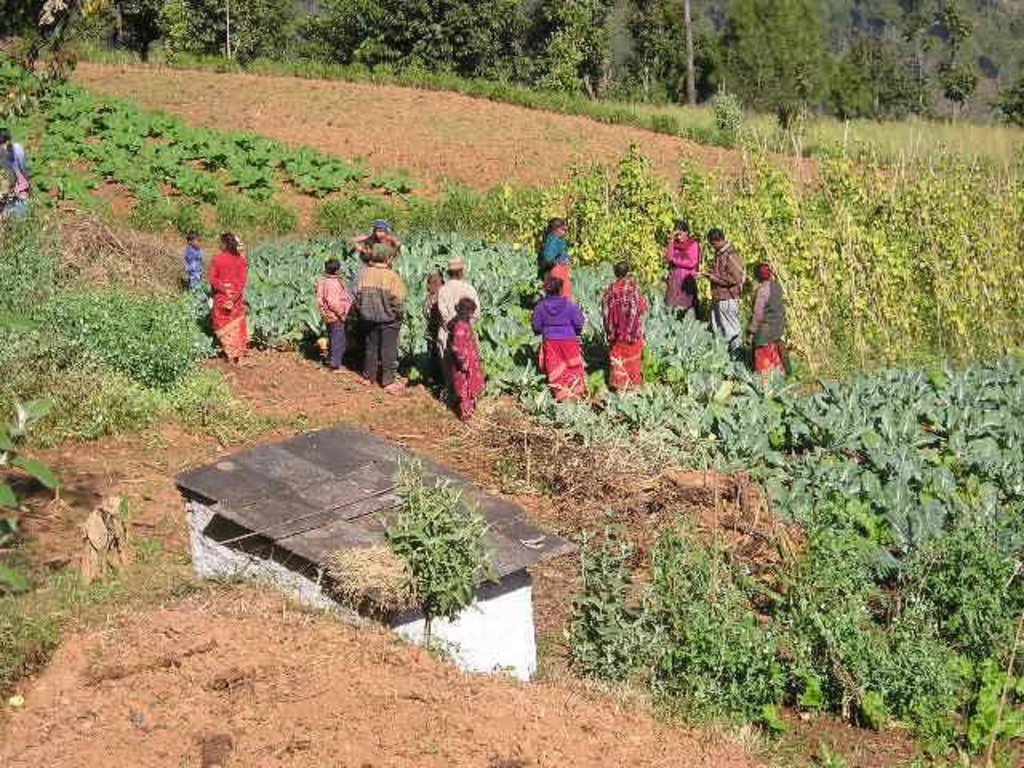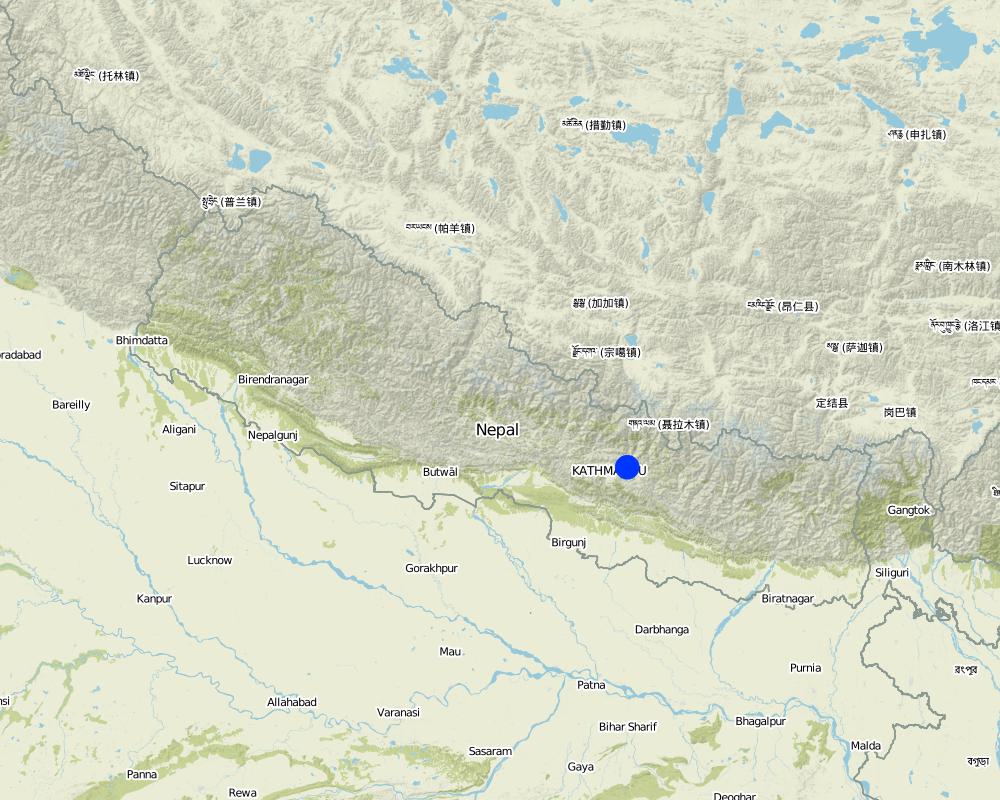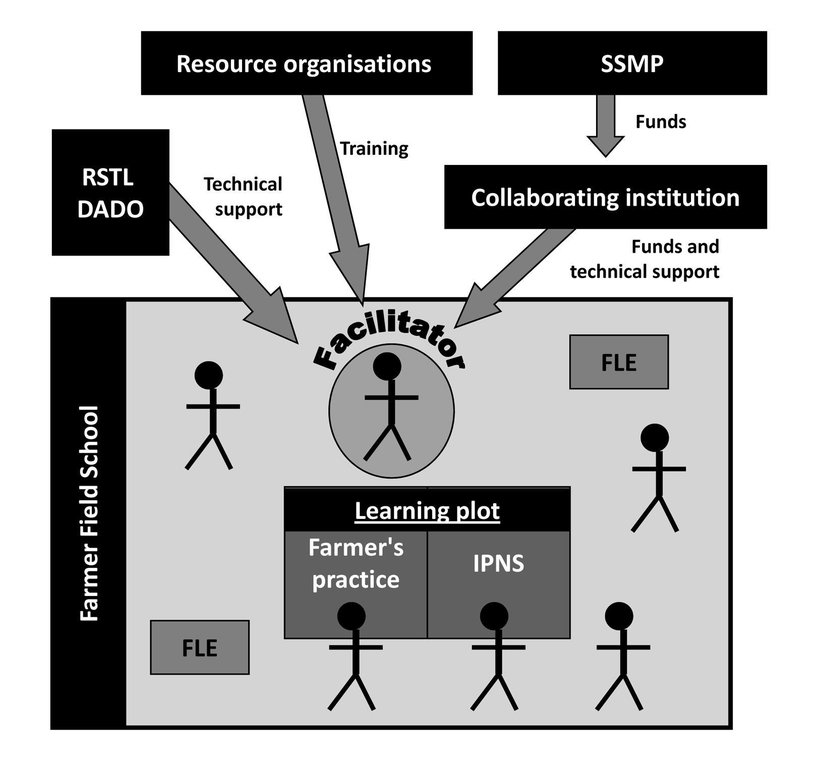Farmer field schools on integrated plant nutrient systems [النيبال]
- تاريخ الإنشاء:
- تحديث:
- جامع المعلومات: Richard Allen
- المحرر: –
- المُراجع: Laura Ebneter
Krishak Pathsala (Nepali)
approaches_2351 - النيبال
1. معلومات عامة
2. وصف نهج الإدارة المستدامة للأراضي
3. المشاركة وأدوار الأطراف المعنية
4. الدعم الفني وبناء القدرات وإدارة المعرفة
5. التمويل والدعم المادي الخارجي
6. تحليل الأثر والتصريحات الختامية
7. المراجع والروابط
الروابط والوحدات المواضيعية
طي الكلالروابط
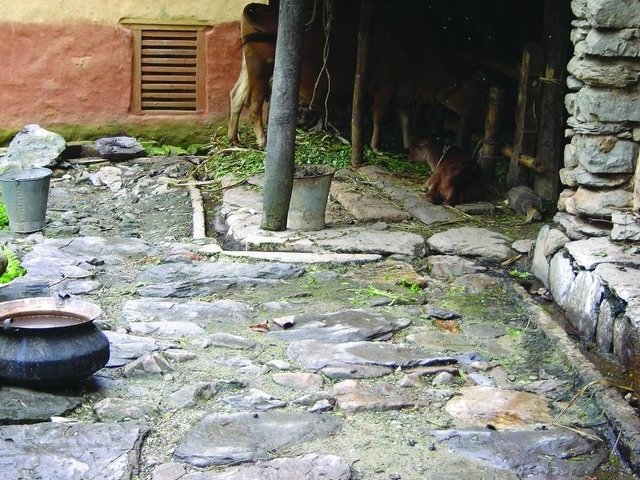
Improved cattleshed for urine collection [النيبال]
Collection of cattle urine in improved cattle sheds for use as liquid manure and organic pesticide
- جامع المعلومات: Richard Allen
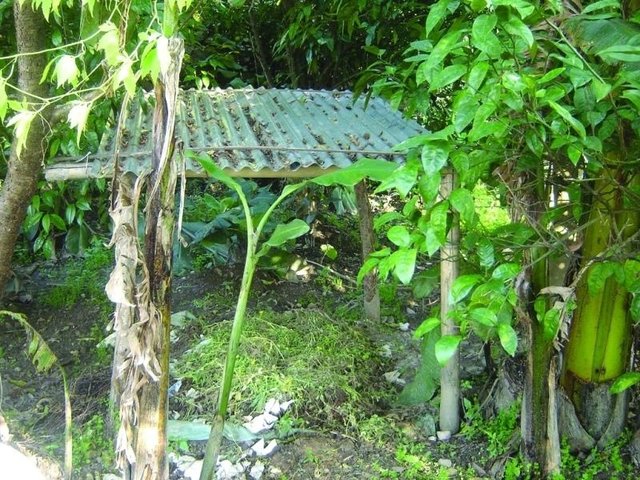
Improved compost preparation [النيبال]
Improved compost preparation using a range of biomass and waste to produce high value fertiliser
- جامع المعلومات: Richard Allen
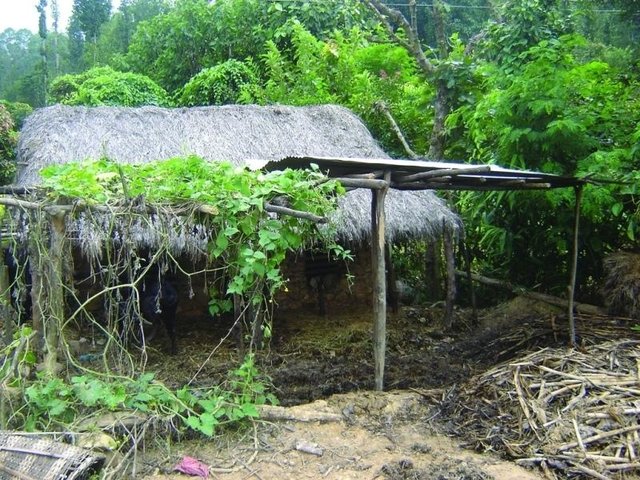
Improved farmyard manure through sunlight, rain and runoff … [النيبال]
Improving farmyard manure by protecting it from direct sunlight, rainfall, and runoff to reduce volatilisation and leaching
- جامع المعلومات: Richard Allen
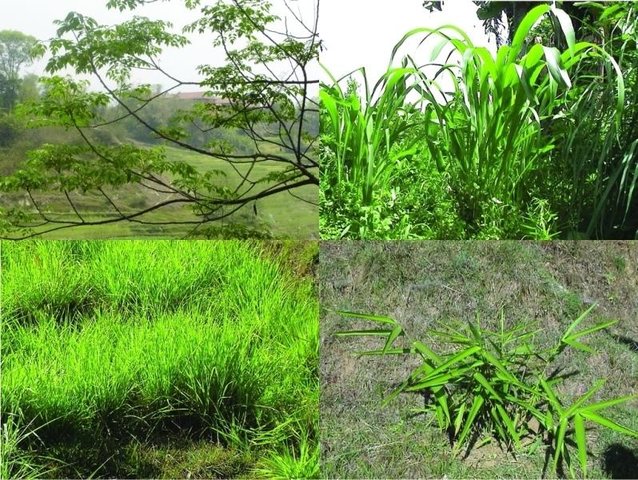
Cultivation of fodder and grasses [النيبال]
Cultivation of fodder crops on marginal lands and terrace risers
- جامع المعلومات: Richard Allen
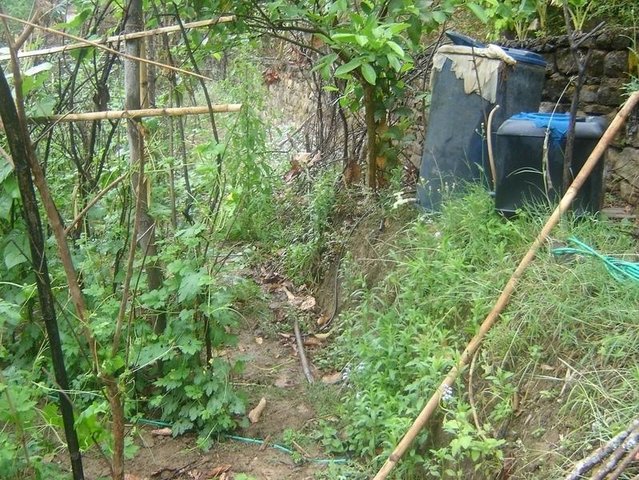
Urine application through drip irrigation for bitter gourd … [النيبال]
Application of cattle urine through drip irrigation technology to provide constant flow of fertiliser to bitter gourd
- جامع المعلومات: Richard Allen
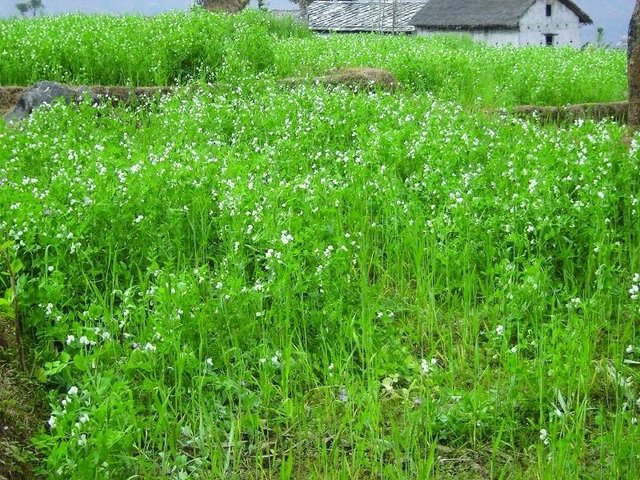
Legume integration [النيبال]
Integration of leguminous crops as intercrops on terrace risers or as relay crops
- جامع المعلومات: Richard Allen
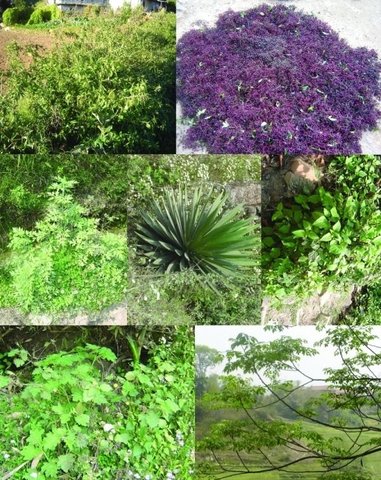
Organic pest management [النيبال]
Promotion of botanical pesticides for organic pest management and liquid manure
- جامع المعلومات: Richard Allen
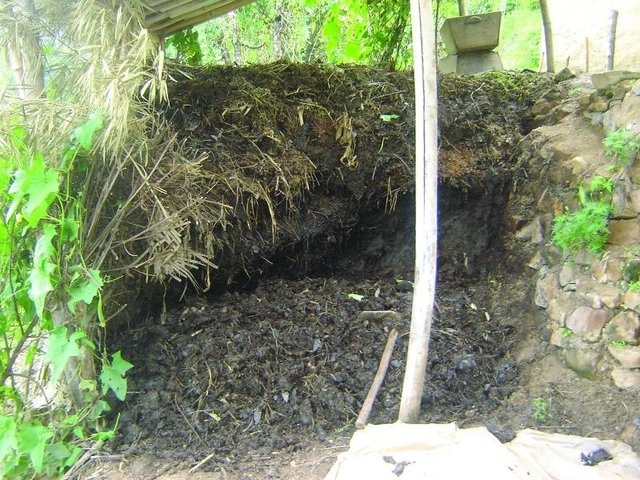
Better quality farmyard manure through improved decomposition [النيبال]
Collection and proper storage of farmyard manure in heaps or pits
- جامع المعلومات: Richard Allen
الوحدات المواضيعية
لا يوجد وحدات مواضيعية


